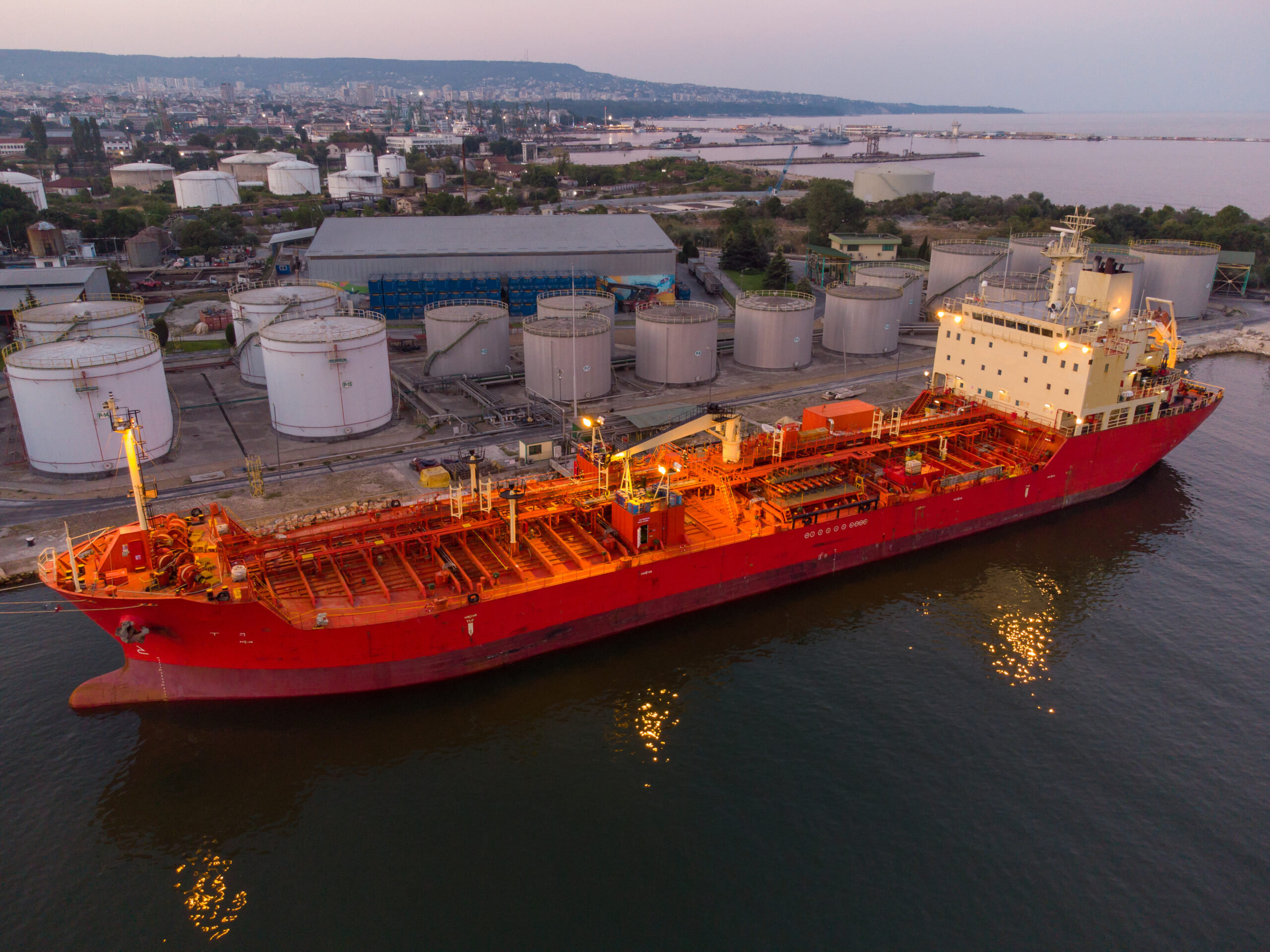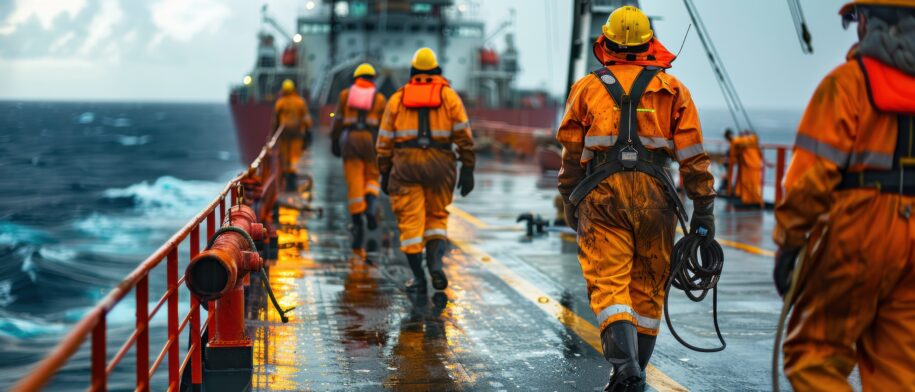From Rookie to Pro: Training Programs That Transform Maritime Careers
The maritime industry plays a critical role in global trade and commerce, offering countless opportunities for individuals seeking dynamic and rewarding careers. However, transitioning from a novice to a seasoned professional in this field is no small feat. This journey requires dedication, resilience, and, most importantly, robust training programs. These programs not only equip seafarers with technical and operational skills but also emphasize leadership, adaptability, and effective crew management.

The Importance of Training in Maritime Careers
Training in the maritime sector is pivotal to ensuring the safety, efficiency, and sustainability of operations at sea. Given the complexity and scale of modern shipping, even entry-level seafarers must acquire a solid foundation of skills and knowledge. With the right training, they can:
- Operate sophisticated equipment and systems.
- Ensure compliance with international maritime regulations.
- Manage emergencies effectively.
- Collaborate seamlessly with diverse crews.
Structured training programs are designed to address these needs while fostering professional growth and preparing individuals for leadership roles.
Key Components of Effective Maritime Training Programs
The best training programs follow a comprehensive structure that balances theoretical knowledge with practical experience. Below are the key components:
1. Basic Safety Training (BST)
Mandatory for all seafarers, BST introduces the fundamentals of maritime safety. It includes:
- Fire prevention and firefighting.
- Personal survival techniques.
- First aid and medical response.
- Personal safety and social responsibilities.
2. Specialized Technical Training
Depending on the role, specialized courses provide hands-on experience with navigation, engine systems, cargo handling, or other technical aspects. These modules ensure that seafarers can perform their duties proficiently under challenging conditions.
3. Leadership and Management
As seafarers advance in their careers, leadership training becomes crucial. Courses focus on communication, decision-making, and crew management, equipping individuals to lead effectively and foster harmonious onboard relationships.
4. Soft Skills Development
The maritime environment demands excellent interpersonal skills, adaptability, and cultural sensitivity. Training in soft skills helps seafarers navigate the unique challenges of working in diverse teams.
5. Continuous Professional Development (CPD)
To keep pace with evolving technologies and regulations, maritime professionals must engage in ongoing learning. CPD programs include workshops, certifications, and advanced courses tailored to career progression.
Notable Training Programs in the Maritime Industry
Several organizations and academies worldwide are renowned for their exemplary training programs. Here are some of the most impactful ones:
1. International Maritime Organization (IMO) Standards
The IMO sets global benchmarks for maritime training through the STCW (Standards of Training, Certification, and Watchkeeping) Convention. These standards ensure uniformity and high quality across training programs.
2. Maritime Academies and Institutes
Institutes like the Maritime Academy of Asia and the Pacific (MAAP) and the United States Merchant Marine Academy (USMMA) offer comprehensive training that combines classroom learning with at-sea experience.
3. Corporate Training Programs
Shipping companies often invest heavily in their employees’ development. Programs such as Maersk’s cadet training and Shell’s maritime leadership courses are tailored to cultivate expertise in areas like crew management, safety, and sustainability.
4. Online and Simulator-Based Training
With technological advancements, virtual training has gained prominence. High-fidelity simulators replicate real-world scenarios, allowing seafarers to practice navigation, crisis management, and other critical operations in a controlled environment.
From Entry-Level to Leadership: A Step-by-Step Transformation
Let’s examine how a typical maritime career progresses through training:
Step 1: Entry-Level Training
New recruits start with foundational courses such as BST and entry-level certifications. These programs teach essential safety protocols, technical skills, and the basics of life at sea.
Step 2: Role-Specific Skill Development
After gaining initial experience, seafarers pursue specialized training aligned with their roles. For instance, a deck cadet might undertake advanced navigation courses, while an engineering cadet focuses on machinery and maintenance.
Step 3: Mid-Level Certification
As seafarers accumulate sea time, they become eligible for certifications that qualify them for supervisory roles. Leadership modules and crew management training are often part of this phase, preparing them to handle greater responsibilities.
Step 4: Advanced Leadership Training
Senior officers and captains undergo advanced courses in maritime law, crisis response, and leadership. These programs refine their ability to manage complex operations and lead diverse teams effectively.
Step 5: Continuous Learning
Even seasoned professionals engage in periodic training to stay updated on the latest regulations, technologies, and best practices.
Challenges in Maritime Training
Despite its importance, maritime training faces several challenges:
- High Costs: Training programs, especially those involving simulators or at-sea practice, can be expensive.
- Access: Seafarers from developing countries often struggle to access high-quality training facilities.
- Retention: The demanding nature of the profession leads to high attrition rates, making it difficult to maintain a skilled workforce.
To address these issues, industry stakeholders are exploring innovative solutions, such as scholarships, remote learning platforms, and public-private partnerships.
The Role of Crew Management in Career Progression
Effective crew management is integral to a seafarer’s career growth. By fostering strong interpersonal relationships, streamlining workflows, and resolving conflicts, seafarers not only enhance their own performance but also contribute to the overall success of maritime operations. Training programs that emphasize this skill empower individuals to:
- Build cohesive and efficient teams.
- Navigate cultural and linguistic differences.
- Handle stressful situations with composure.
As the industry becomes increasingly globalized, proficiency in crew management will remain a key differentiator for aspiring maritime professionals.
Conclusion
The journey from rookie to pro in the maritime industry is both challenging and rewarding. With the right training programs, seafarers can acquire the technical expertise, leadership skills, and adaptability needed to excel in their roles. By prioritizing continuous learning and emphasizing critical aspects like crew management, these programs ensure that maritime professionals are well-prepared to navigate the complexities of their careers and contribute meaningfully to the industry’s growth.
Whether you’re an aspiring seafarer or an industry veteran, investing in comprehensive training is the cornerstone of a successful maritime career.
